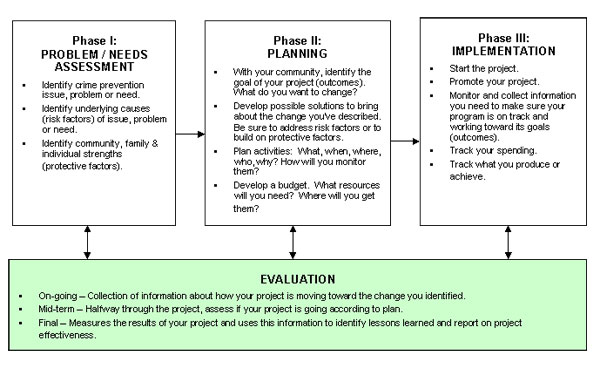Learn how to create accessible Microsoft Word documents that conform to the Revised 508 Standards.
Microsoft Word
Guidance developed by the Accessible Electronic Documents Community of Practice (AED COP).

In addition to making the document more reader-friendly, a table of contents also makes it easier for the author to go back and add or remove content if necessary. By default, Word generates a table of contents using the first three built-in heading styles (Heading 1, Heading 2, and Heading 3).
- Templates exist for many types of documents, for example, party invitations, flyers, and resumes. They can be used as a starting point when you want to create a specific type of document without starting from scratch. Word offers hundreds of free templates for you to use, or you can create your own. This guide offers directions for both.
- To Use the Word Template to Create a Content Element Open the Microsoft Dynamics AX Help viewer. Type Templates for Help Documentation in the Search Help field, and then press ENTER. The specified topic appears in the Help viewer.
Training Videos
Microsoft Word 2016
- DRAFT Microsoft Word 2016 Basic Authoring and Testing Guide (MS Word, March 2019)
- Microsoft Word 2016 Printable Accessible Testing (MS Word, June 2019)
Microsoft Word 2013
- Baseline Test Process (MS Word, September 2017)
- Basic Authoring and Testing Guide (MS Word, September 2017)
- Detailed Checklist (MS Word, September 2017)
- Printable Checklist (MS Word, September 2017)
Microsoft Word 2010
- Basic Authoring and Testing Guide (MS Word, January 2015)
- Basic Authoring and Testing Checklist (MS Word, January 2015)
- Baseline Tests for Accessible Electronic Documents (MS Word, January 2015)
Tips
- Save documents as .docx format to preserve accessibility features. Other formats that can be produced by Microsoft Word (RTF, DOC, TXT, and ODF) may not be accessible.
- Develop reusable accessible design templates to reduce the level of effort to create accessible electronic content.
- Follow responsive design principles that support accessibility on different types of devices.
- Advocate for the use of authoring tools and document converters that enable users to easily create accessible documents. Where possible, upgrade existing tools (e.g., Microsoft Office or Adobe Acrobat) to the latest version. Benefits include:
- Authoring and evaluation features that make it easier to create accessible documents;
- Conformance to requirements for software-authoring tools requirement in the Revised 508 standards.
Agency-Developed Guidance
The resources in this section were developed by federal agencies and shared here for your convenience. Note, much of this guidance predates the Revised 508 Standards.
- Resources for Developers and Document Authors - Guidance on how to create accessible electronic content
- Alternate Text For Images (PDF, July 2011) - Developed by SSA

Related Resources
- Web Accessibility Tutorials and Presentations - Guidance from the World Wide Web Consortium (W3C)
- Review WebAIM Alternative Text for appropriate use of alternative text.
- Review W3C's Alt Decision Tree for guidance on how to describe images.
We're always working to improve the information and resources on this website. To suggest a new resource for this or another page, please contact us.
Create Help Materials From Word Document Online
Reviewed/Updated: September 2020
